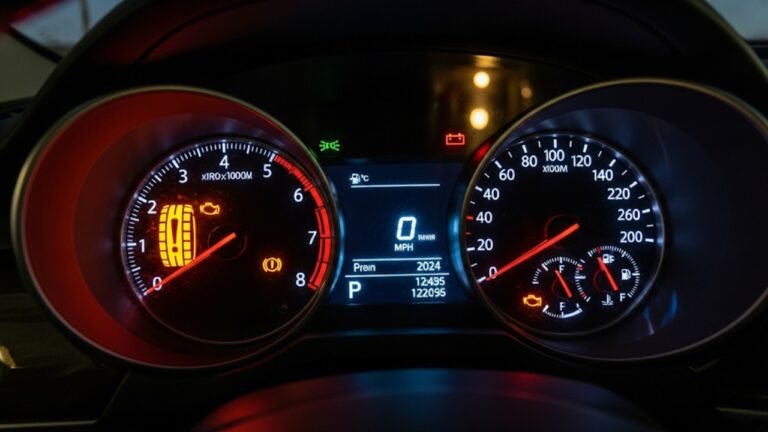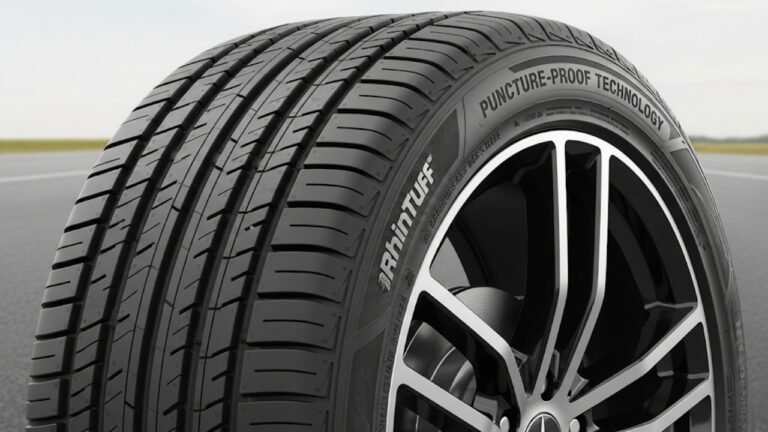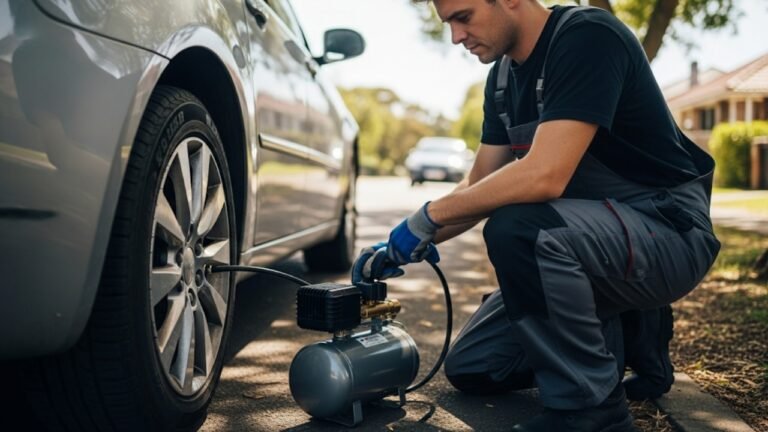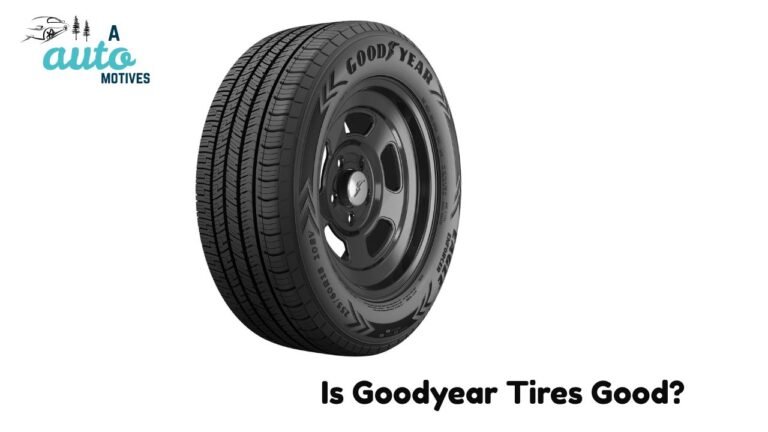Goodyear vs Michelin: My Honest Tire Verdict
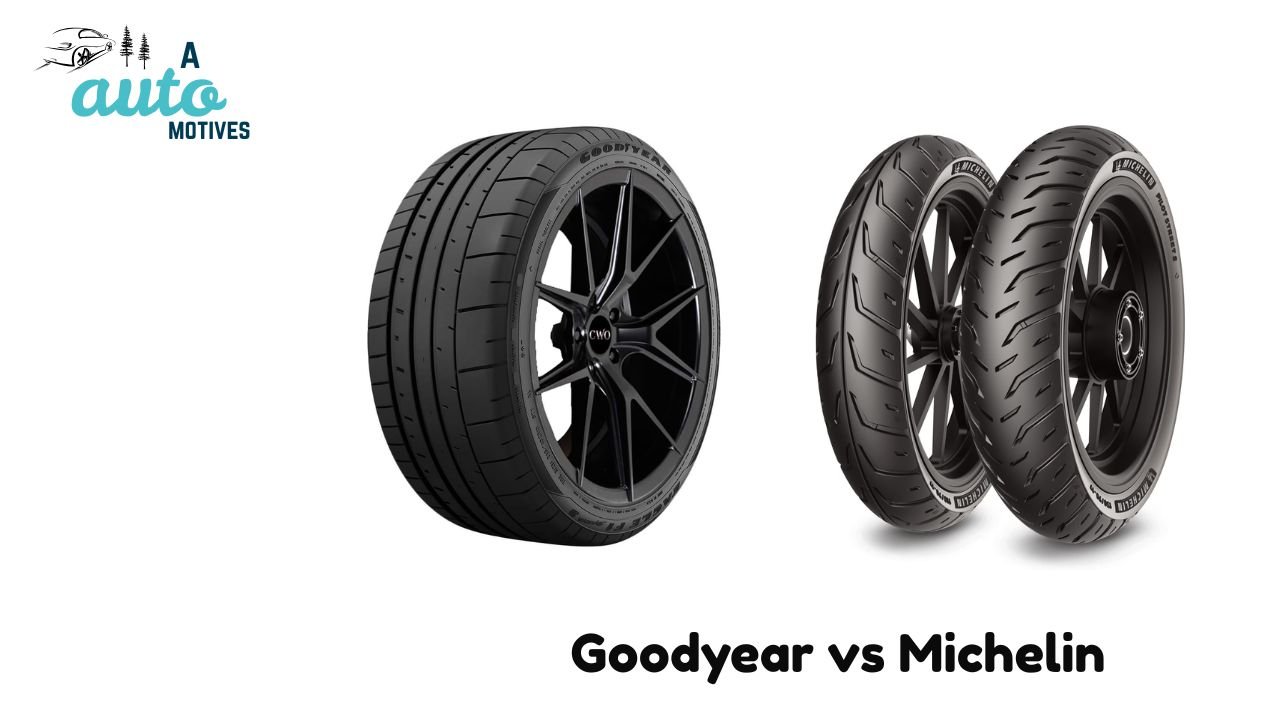
If you’ve ever spent hours behind the wheel—through downpours, highway heat, or the first snow of the season—you already know that your tires do much more than just roll. They determine how your car grips, stops, handles, and even how much gas you burn. After years of driving across U.S. roads—from Ohio winters to Florida storms—I’ve learned one big truth: tire brands matter more than most drivers think.
Among all the tire names I’ve tested, two always rise to the top—Goodyear and Michelin. Both have a loyal following, a century of innovation, and a promise of performance. But when you’re standing at the shop or scrolling online, wondering which one to buy, the choice isn’t simple.
I’ve put both brands through thousands of miles—city commutes, highway marathons, and mountain climbs. In this review, I’ll give you my honest verdict based on how each brand performs in the real world. Let’s dive in.
Goodyear Tires: A True American Workhorse
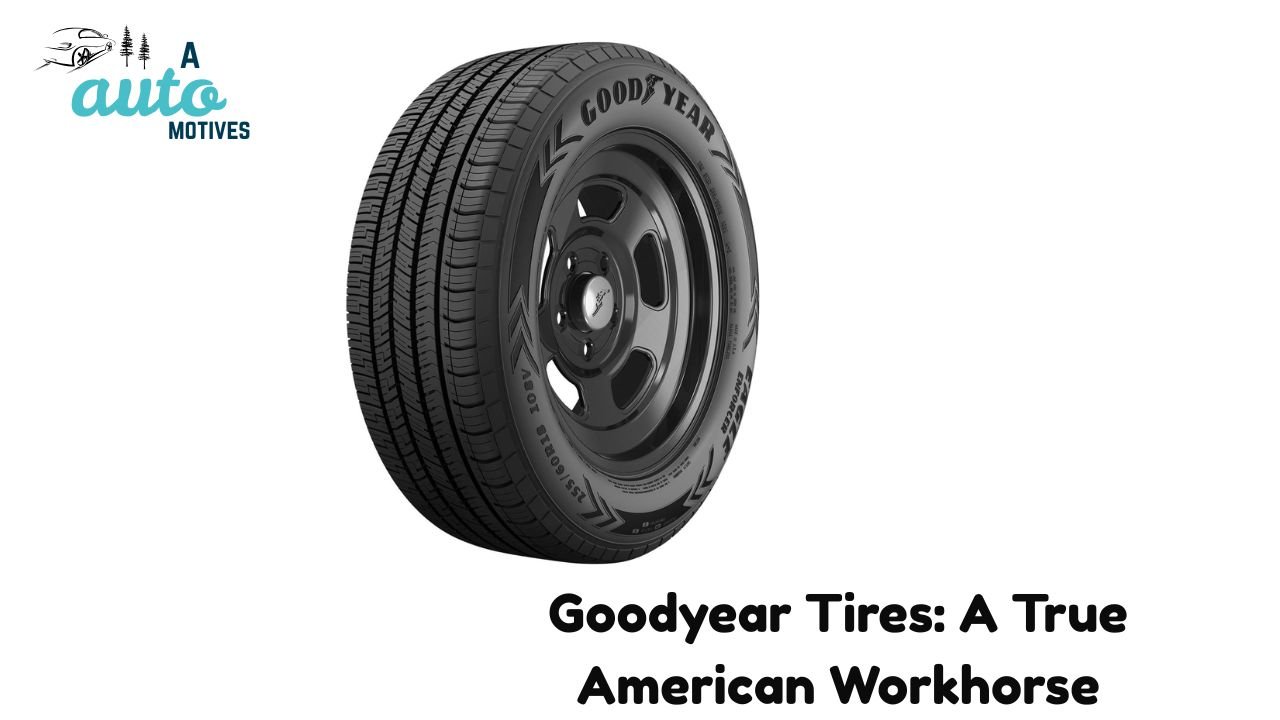
If there’s one brand that embodies American roads, it’s Goodyear. From pickup trucks to sedans, Goodyear tires have been rolling across the U.S. for over a century. I’ve used them for over nine years, and honestly, they’ve saved me more than once—especially on slippery Midwest roads.
When I lived in Ohio, winters weren’t just cold—they were unpredictable. I remember one morning when freezing rain turned I-70 into an ice rink. My Goodyear Assurance WeatherReady tires didn’t flinch. Even when the car in front of me fishtailed, mine stayed straight. That grip gave me confidence when it mattered most.
But Goodyear isn’t just about survival—it’s about comfort too. Whether I was cruising through Tennessee or stuck in L.A. traffic, the ride always felt steady. Goodyear manages to balance toughness and smoothness in a way few brands can.
My Real-World Goodyear Experience
Cold and Snowy Roads:
The Ultra Grip Ice WRT and WeatherReady models are standouts for winter driving. I tested both on snowy backroads in Michigan, and they handled like pros. They stop well on slick intersections and keep traction when climbing snowy hills. They carry the Three-Peak Mountain Snowflake (3PMSF) symbol for a reason—it’s not just marketing.
Highway Drives:
I’ve logged over 600,000 miles across 45 states. On long hauls from Chicago to Dallas, my Goodyear Eagle Sport All-Seasons performed like a charm. The road noise was minimal, and the sidewalls stayed firm even at 80 MPH. I even noticed a small boost in fuel economy—about 2 MPG better compared to my old Continental set.
City Driving:
In urban traffic, I tried the Assurance ComfortDrive. Between potholes, sudden stops, and rain-slicked intersections, these tires stayed composed. They absorbed shocks well and provided consistent grip in stop-and-go traffic. If you drive daily in busy cities like Boston or Atlanta, you’ll feel the difference immediately.
What Makes Goodyear Stand Out
1. Tread Design & Grip
Goodyear’s tread designs are engineered for versatility. Most of their tires have asymmetric tread patterns that balance wet and dry grip. I’ve taken corners hard with Eagle F1 tires, and they’ve held steady every time.
2. Durability & Mileage
Goodyear tires don’t quit easily. My Assurance MaxLife tires hit nearly 85,000 miles before they started showing real wear. That’s impressive, especially considering the mix of city and highway miles.
3. Comfort & Quietness
Goodyear’s ComfortFlex technology works. The tires dampen road vibrations better than many mid-tier brands. On rough pavement, the cabin noise stayed surprisingly low.
4. Fuel Efficiency
The Assurance Fuel Max helped me squeeze an extra 5% out of my gas tank. For frequent commuters, that small difference adds up fast.
The Drawbacks
No tire is perfect, and Goodyear has its limits.
-
Price Point: They’re not cheap. You’ll pay more than for brands like Cooper or General, but you get your money’s worth in safety and comfort.
-
Winter Extremes: Their all-season tires perform fine in mild snow but fall short in extreme conditions. In Minnesota-like winters, I’d recommend a full snow tire.
-
Availability: Some Goodyear models—like the Eagle F1 Asymmetric—aren’t always easy to find locally. Online is often your best bet.
-
Performance Tire Noise: The high-performance options tend to hum louder as they age. Not a dealbreaker, but noticeable.
My Honest Verdict on Goodyear
Goodyear is an excellent pick for American drivers who face all kinds of weather. Whether you’re on dry asphalt, soaked highways, or light snow, they deliver solid control and long life.
If you’re a frequent traveler, road-tripper, or daily commuter in states with mixed weather—like Colorado, North Carolina, or Ohio—Goodyear fits right in. Their balance of safety, comfort, and performance makes them a dependable choice.
For harsh winters or off-road adventures, though, I’d look elsewhere—brands like Nokian for snow or Falken for rough terrain handle those better. But for everyday life on U.S. roads, Goodyear feels like home.
Michelin Tires: The Art of Smooth Confidence
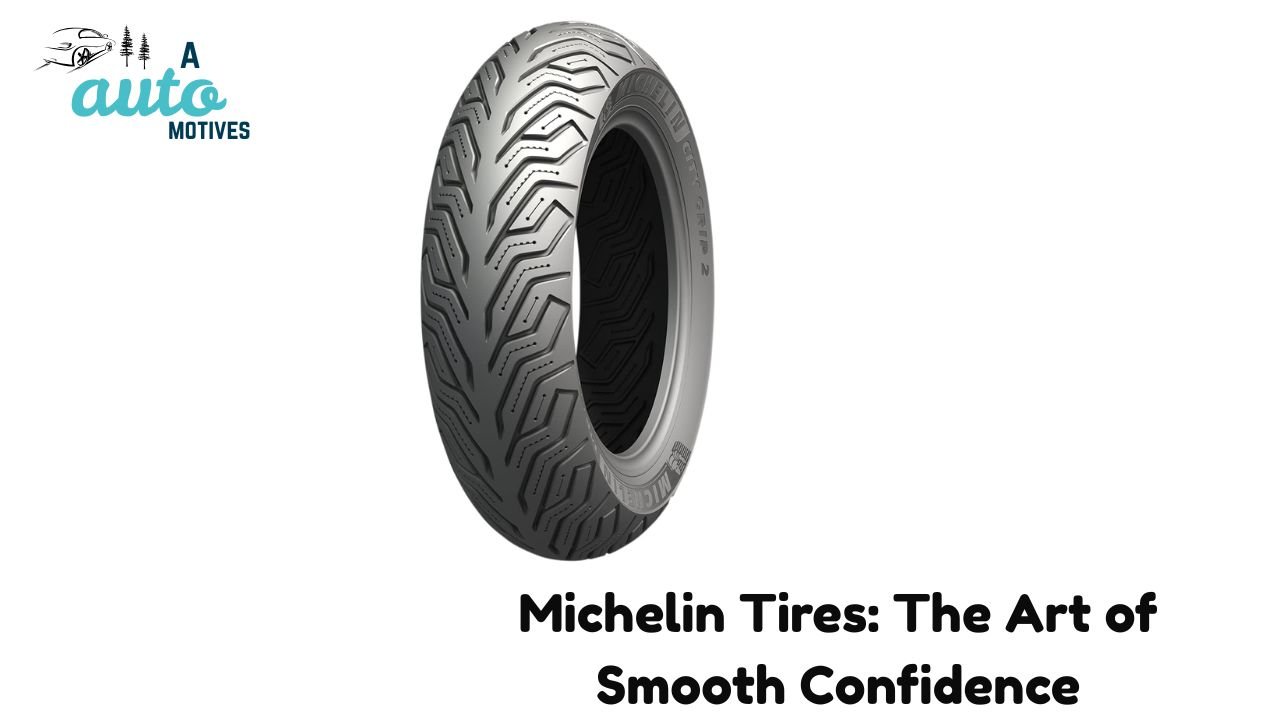
If Goodyear feels like the dependable friend who gets the job done, Michelin is the refined one who makes the drive feel like gliding on air.
My first set of Michelin tires was a game-changer. It was a set of Michelin Defender LTX M/S on my SUV, and from the first highway stretch between Chicago and Denver, I knew they were special. The ride was quieter, smoother, and oddly relaxing. Even after 70,000 miles, they still felt stable.
Michelin tires aren’t just about traction—they’re about trust. Every time I’ve driven through heavy rain or long road trips, I’ve noticed how these tires stay calm. There’s a level of confidence they give you that’s hard to describe until you’ve driven on them yourself.
My Real-World Michelin Experience
Winter and Ice:
I’ve spent several winters in Minnesota, where the cold is brutal and the roads are worse. The Michelin X-Ice Snow tires were my safety blanket. Even on black ice, I could brake confidently without sliding into intersections. Few all-season tires can pull that off.
Highway Cruising:
During a 2,000-mile trip from Chicago to Denver, the Defender LTX M/S tires made the drive feel effortless. The noise reduction was remarkable, and they handled mountain curves like pros. I even gained around 3 extra MPG compared to my previous tires.
Urban Stop-and-Go:
City driving can be brutal on tires. Between quick stops and sudden rain, I tested the Michelin Premier A/S in Los Angeles traffic. The grip was excellent, even when water pooled on the freeway. The EverGrip technology—where tread grooves expand as they wear—really works.
Why Michelin Keeps Winning Me Over
1. Exceptional Grip and Stability
Michelin’s tread compounds and design prioritize safety. Even after tens of thousands of miles, they hold their grip in rain or shine. The confidence they give on wet pavement is unmatched.
2. Longevity That Pays Off
Most of my Michelin sets have easily crossed 70,000 miles. Some of their top touring tires come with warranties of up to 90,000 miles. When you factor in fewer replacements, the higher cost starts to make sense.
3. Comfort & Quiet Performance
Michelin tires are incredibly quiet. Even on rough interstate roads, the hum is minimal. The difference is most noticeable on long drives—it’s like your car floats instead of rolls.
4. Fuel Efficiency
Michelin tires like the EnergySaver and Defender series are designed for low rolling resistance. On my SUV, I’ve saved around 2-3 MPG, especially noticeable on long road trips.
The Weak Spots
Even great tires have trade-offs.
-
High Price Tag: Michelin is expensive. But they make up for it in durability, safety, and fewer replacements over time.
-
Limited Winter Dominance: Their all-seasons handle snow decently, but for deep winter, I still switch to dedicated snow tires.
-
Tough to Find Discounts: Michelin rarely runs major sales. Costco sometimes helps, but availability can be hit or miss.
-
Stiffer Ride (in Performance Models): The Pilot Sport line offers insane grip but feels firm on smaller or older cars.
My Honest Verdict on Michelin
If comfort, safety, and long life top your list, Michelin is a no-brainer. They’re designed for drivers who care about quality and consistency.
They’re ideal for families, road-trippers, and anyone who drives a lot in mixed weather. From rain to heat to light snow, Michelin delivers dependable control.
While they’re pricey upfront, their long lifespan often offsets the cost. Think of them as a long-term investment in peace of mind.

